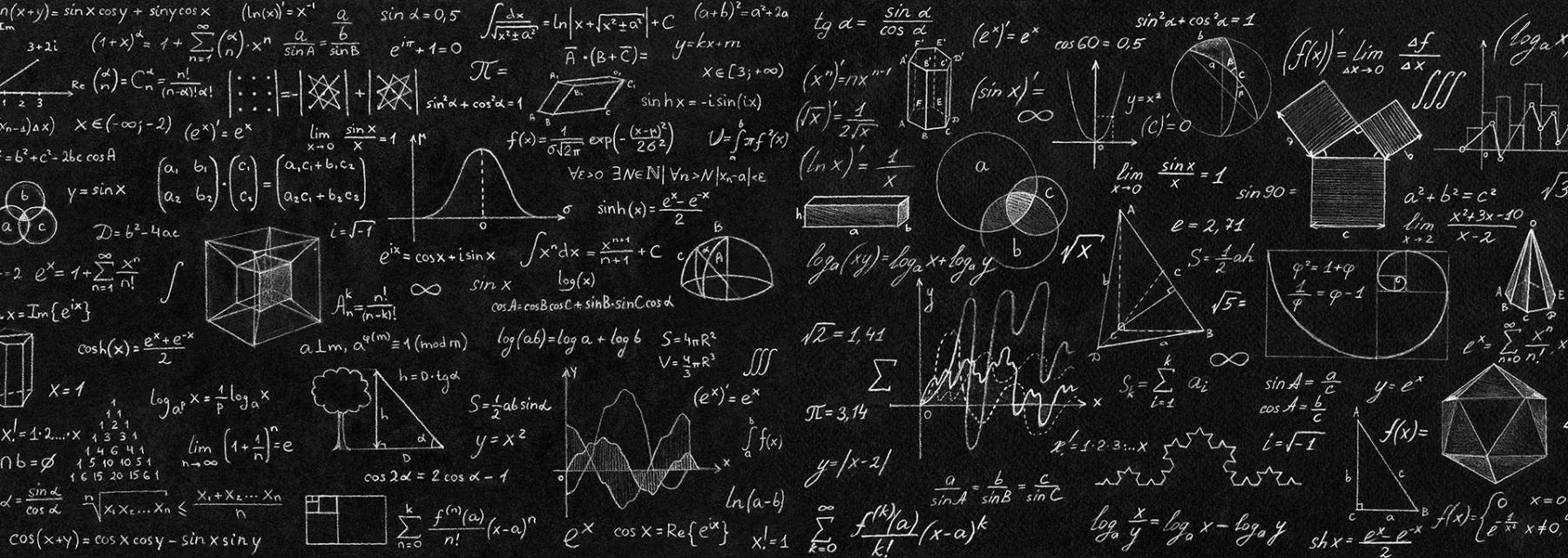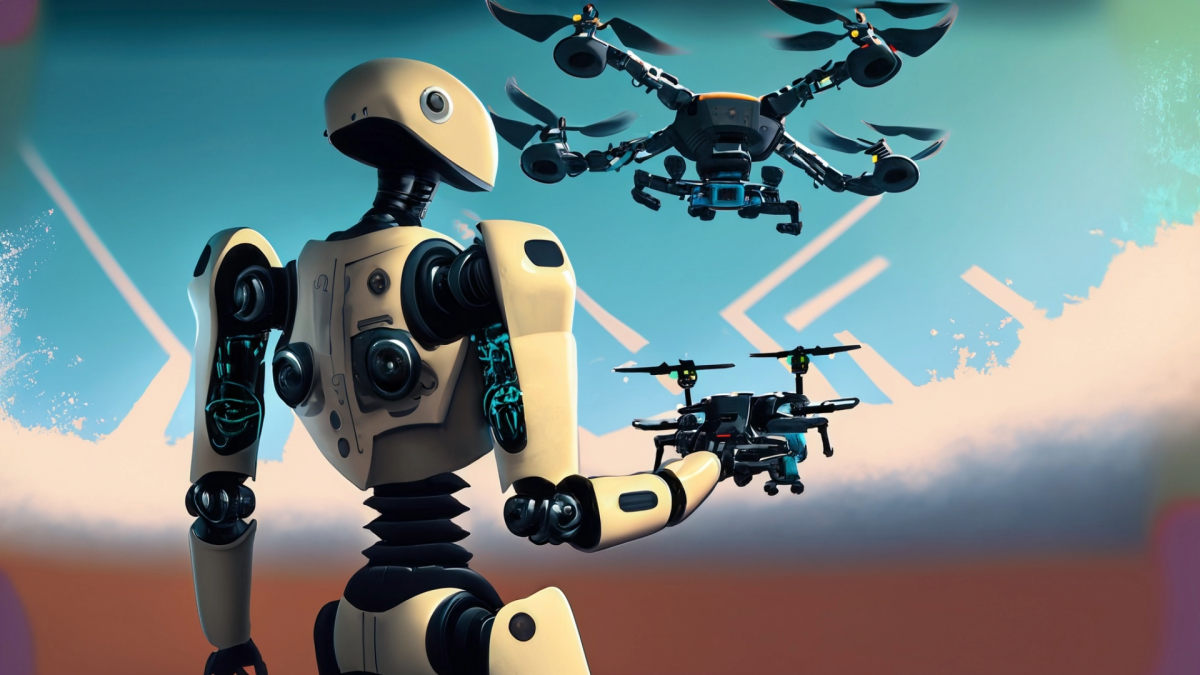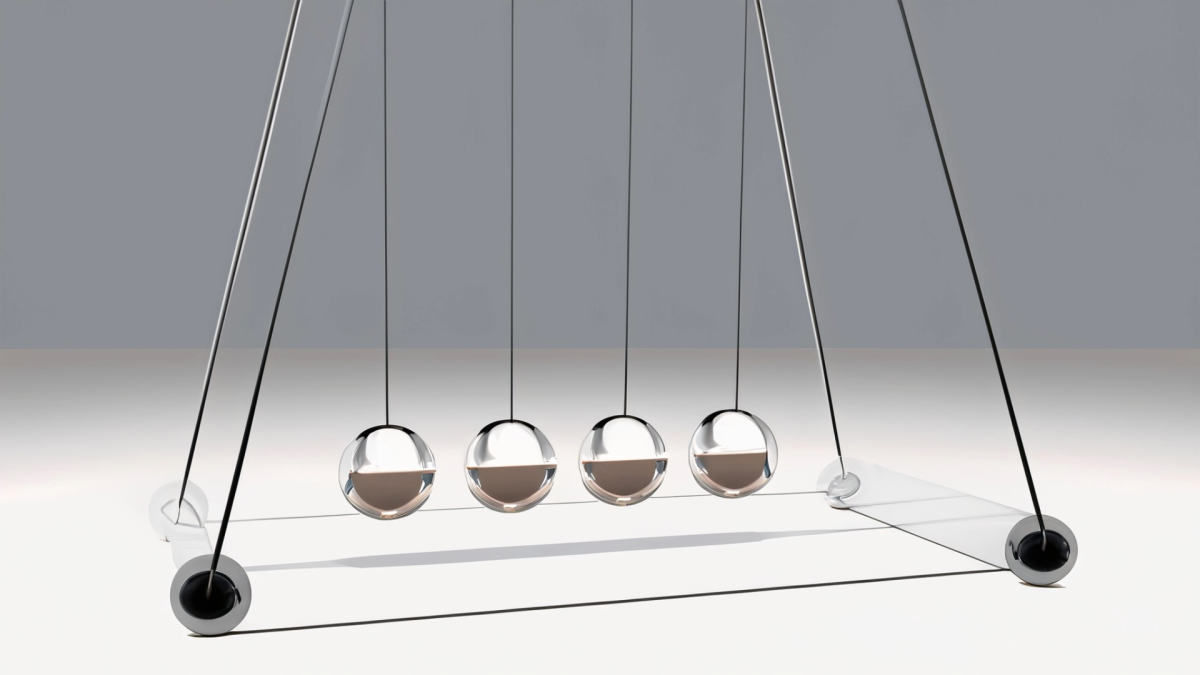
Falling Objects Lab
by Margaret Sullivan
This lesson is designed to have students investigate how objects, of different masses, will be affected when dropped to Earth. The lesson begins with a phenomena video - this video connects the idea of gravity back to Earth processes learned earlier in the school your when learning about the cycling of matter and flow of energy in the geosphere, atmosphere, and hydrosphere. Students will then create and test their hypothesis about how objects of different masses will fall when dropped from the same height. This is student centered, with teacher support mainly occurring when making mathematical connections to Newton's Second Law.
Lesson Grade Level
7th GradeLesson Plan Link/URL
https://docs.google.com/presentation/d/1X9BhwXOy7_w244_R_Rp5vu6Q7CsnCj0j/edit?u…Subject Area
Science Physical Science P3: Net Force Technology 5. Computational Thinker Mathematics Ratio and Proportion (RP) Expressions and Equations (EE) English Language Arts (ELA) Writing Speaking & Listening
Featured
Off
Related Content

Grades:
4th Grade, 5th Grade, 6th Grade, 7th Grade, 8th Grade
Students create a polling station, using student-made buttons, a circuit, and coding a Micro:Bit, to discover and report current student trends.

Grades:
3rd Grade, 4th Grade, 5th Grade, 6th Grade, 7th Grade, 8th Grade
Coding and flying drones what a match! Students will have the chance to experiment with flying a drone in a simulator. The lesson includes 4 missions incorporating forces of flight acting on a drone.

Grades:
7th Grade, 8th Grade, 9th Grade, 10th Grade, 11th Grade, 12th Grade
The students in this lab activity will play a competitive game with a small bouncy ball. The students will analyze the motion of the ball and apply projectile motion concepts. This activity requires